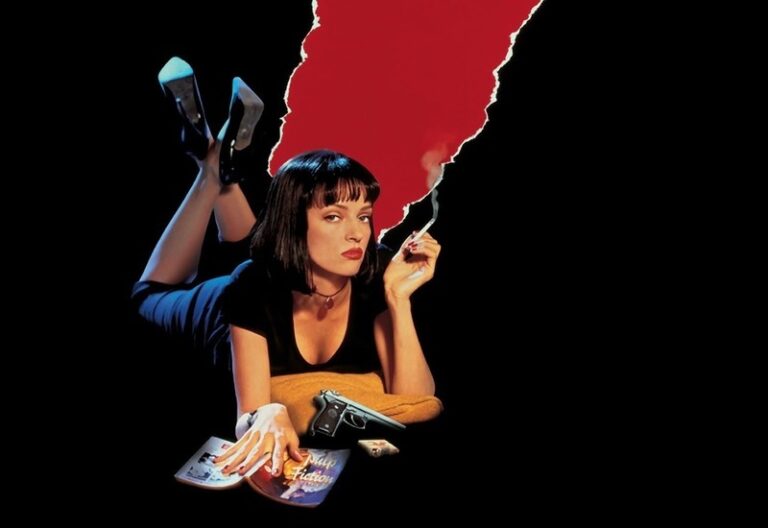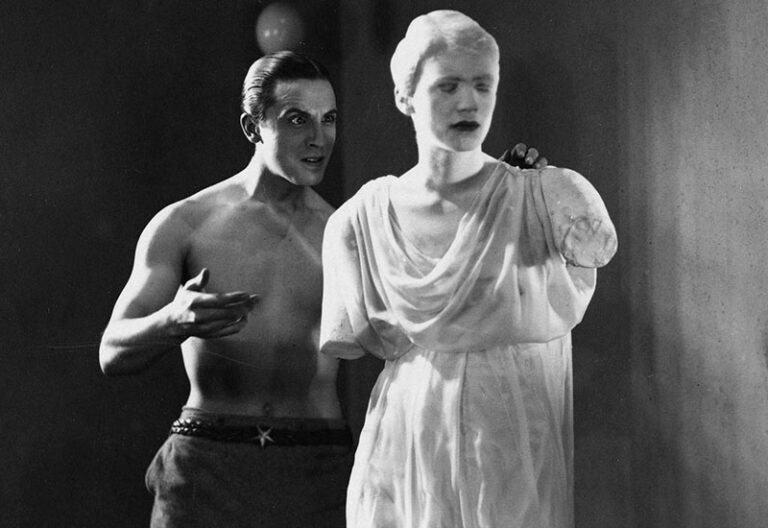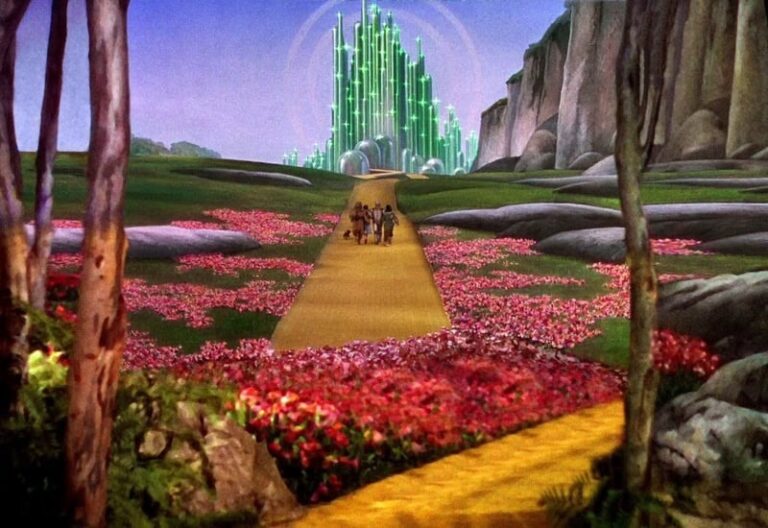what does lynchian mean?
The term “Lynchian” has been used to describe a unique blend of the mundane and the bizarre, where eerie undercurrents lie beneath everyday realities. Coined to encapsulate David Lynch’s unique approach, the term not only applies to his own body of work but also to works inspired directly by him.
Published by: CinemaWaves Team | Filed Under: Film Blog
Master behind
the Lynchian Aesthetic
David Lynch (1965 – 2025), one of the most influential and enigmatic filmmakers of modern cinema, has carved a unique niche with his distinctive storytelling and visual style. Known for his fascination with the uncanny and the surreal, Lynch has consistently pushed the boundaries of conventional filmmaking to explore the darker, often hidden layers of human experience.
Lynch’s debut feature, “Eraserhead” (1977), emerged as the definitive genesis of his trademark style. With its nightmarish tone, surreal imagery, and unsettling sound design, the film reflected Lynch’s desire to explore deeply personal fears. Though created on a minuscule budget and largely confined to one setting, it resonated with critics and filmmakers alike.
After his initial success, Lynch gained wider recognition with “The Elephant Man” (1980), a poignant and visually stunning biographical drama that earned eight Academy Award nominations. While more traditional in narrative structure, the film demonstrated Lynch’s ability to create emotionally resonant stories alongside his experimental instincts. However, it was with “Blue Velvet” (1986) that Lynch truly defined what would come to be known as the Lynchian aesthetic. The film, an unsettling journey into the dark underbelly of small-town Americana, combined surrealism, psychological depth, and an acute sense of dread, marking a turning point in his career.
Lynch’s foray into television with “Twin Peaks” (1990–1991) expanded his influence and introduced a new audience to his distinctive storytelling. The series masterfully blended soap opera melodrama with noir, surrealism, and horror, becoming a cultural phenomenon.

Characteristics of the Lynchian Style
Juxtaposition of the Ordinary and the Uncanny: One of Lynch’s defining traits is his ability to juxtapose idyllic, often nostalgic depictions of small-town life with disturbing and nightmarish elements. In films like “Blue Velvet,“ the neatly trimmed lawns and white picket fences of suburbia mask a sinister underbelly. This tension between surface-level normalcy and hidden darkness creates a palpable sense of unease.
Unconventional Sound Design: Sound plays a crucial role in Lynch’s films, enhancing their unsettling atmosphere. He uses industrial noises, droning tones, and ambient sounds to create tension or disorient the viewer. Lynch’s collaborations with composer Angelo Badalamenti are notable for their haunting and ethereal scores.
Dream Logic and Surrealism: Lynch frequently employs dreamlike, nonlinear storytelling, where scenes flow in an almost subconscious manner. The narrative structure can feel disjointed or intentionally ambiguous, mimicking the fragmented and illogical nature of dreams. Films like “Mulholland Drive” and “Eraserhead” embrace surrealism, featuring inexplicable imagery, bizarre events, and symbolic characters that defy straightforward interpretation.
Themes of Duality: Lynch often explores the duality of human nature, with characters or settings reflecting stark contrasts between good and evil, light and dark, or innocence and corruption. “Twin Peaks” epitomizes this theme, portraying the idyllic town’s veneer while exposing the secrets and horrors lurking beneath.
Liminal Spaces and Ambiguity: Many of Lynch’s settings exist in liminal spaces, blurring the boundaries between reality, dreams, and nightmares. Rather than providing straightforward narratives, his stories embrace mystery, challenges viewers to interpret the inexplicable, turning the act of watching into a personal exploration of meaning hidden within the strange and unsettling.
Eccentric Characters: Lynch’s works are populated by oddball characters who feel both unsettling and endearing. These characters embody extremes, whether through exaggerated quirks, cryptic dialogue, or unusual behavior.

Best Examples of
Lynchian Cinema
“Eraserhead” (1977): Lynch’s debut feature is a surreal nightmare about fatherhood, alienation, and industrial decay. Its stark black-and-white imagery, haunting sound design, and cryptic symbolism set the tone for Lynch’s later works. The film’s deeply unsettling atmosphere and ambiguous narrative invite endless interpretations, solidifying its status as a cult classic.
“Blue Velvet” (1986): A seminal work in Lynch’s career, this film combines a neo-noir mystery with a dark exploration of suburban life. The iconic opening scene, showing a severed ear in a pristine field, encapsulates the Lynchian juxtaposition of beauty and horror.
“Twin Peaks” (1990–1991): This groundbreaking TV series brought Lynch’s unique style to a broader audience. It combines soap opera tropes, detective fiction, and surreal horror, all centered around the murder of homecoming queen Laura Palmer. With its eccentric characters, dreamlike sequences, and the infamous “Red Room,” “Twin Peaks” revolutionized television by blending the bizarre with mainstream appeal.
“Lost Highway” (1997): A mind-bending exploration of identity and paranoia, this film is a psychological thriller that refuses to adhere to a traditional narrative structure. Its eerie tone and ambiguous storytelling make it quintessentially Lynchian. The film’s hypnotic visuals and haunting soundtrack by David Bowie and Nine Inch Nails amplify its unsettling and disorienting mood.
“Mulholland Drive” (2001): Often hailed as one of Lynch’s greatest achievements, it delves into the dark side of Hollywood dreams. Its nonlinear narrative, fragmented structure, and dreamlike quality embody Lynch’s surrealistic approach. The film’s enigmatic characters and unsettling twists create an experience that blurs the line between dream and reality.
Refer to the main page for more educational insights on filmmaking and cinema history.
Postmodernist film emerged in the latter half of the 20th century, rooted in the broader cultural and philosophical movement of postmodernism. It started as a reaction to the…
The studio system was a dominant force in Hollywood from the 1920s to the 1950s. It was characterized by a few major studios controlling all aspects of film production…
Surrealist cinema originated in the 1920s as an extension of the broader Surrealist art movement, which itself grew out of the Dada movement that arose during and after World…
Juxtaposition is a powerful storytelling technique where two or more contrasting elements are placed side by side to highlight their differences or to create a new, often more…
Technicolor’s origins trace back to the 1915 when Herbert Kalmus, Daniel Frost Comstock, and W. Burton Wescott founded the Technicolor Motion Picture. The company…
Arthouse film refers to a category of cinema known for its artistic and experimental nature, usually produced outside the major film studio system. These films prioritize artistic…






